Comparing Tignes with Verbier as ski holiday destinations is a matter of understanding two resorts with many differences but a few similarities. Verbier, full of traditional catered chalets and Swiss culture and Tignes, with 5 villages mostly purpose built with priority on function and numbers rather than creating a classic Alpine resort atmosphere. Both resorts are top winter sports venues and have impressive histories hosting various competitions and both have a strong appeal to the more advanced skiers and snowboarders. In this article we’ll be putting them side by side to help you work out which would be best for you, a week in Tignes or a chalet in Verbier.
Verbier vs Tignes Summary of Ski Stats
Ski Area Comparison
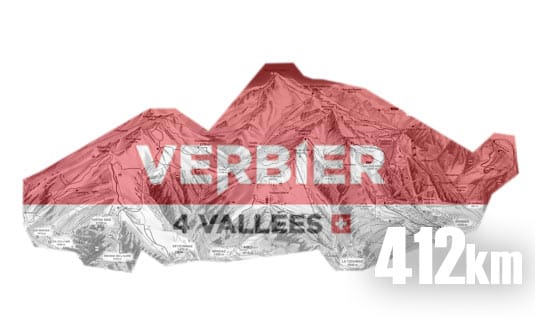

Size of Verbier Ski Area (4 Valleys)
412km
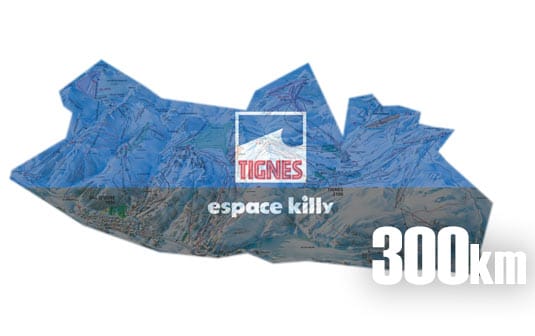

Size of Tignes Ski Area (Espace Killy)
300km
Ski Area Altitude Comparison
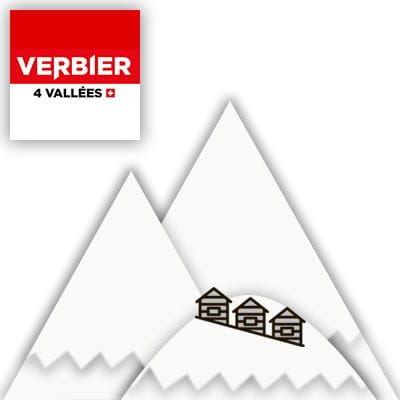

Max altitude
3330m
Total Vertical
1830m
Resort altitude
1500m
Lowest Piste
1500m
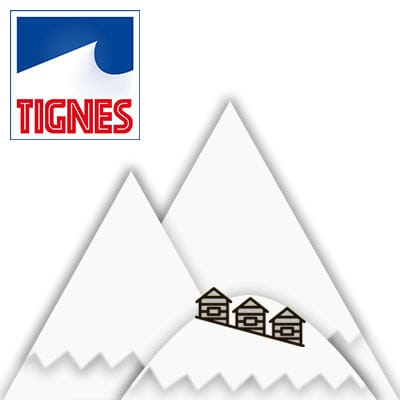

Max altitude
3453m
Total Vertical
1903m
Resort altitude
2100m
Lowest Piste
1550m
Nearest Airports & Transfer Times
Verbier
| Airport Name | Transfer Time |
|---|---|
| Sion | 45m |
| Geneva | 2h |
| Zurich | 3h 30m |
Tignes
| Airport Name | Transfer Time |
|---|---|
| Chambery | 2h |
| Geneva | 3h |
| Lyon | 3h 45m |
Comparing Tignes and Verbier Ski Areas
Verbier
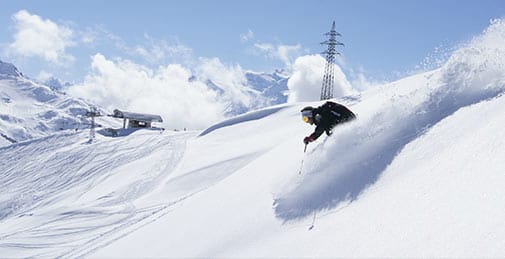

For some Verbier is all about the off-piste, that can mean exploring the coulouirs, tree lined runs or bouncy powder fields or even taking on some of the stages of the Freeride World Tour. Verbier is also famous for its itinerary runs, these are loosely signposted off piste runs that take you through some fantastic terrain. Included in the list are Vallon d’Arbi, the Tortin, Mont Gelé and Mont Fort, it’s always best to get guidance unless you’re more than familiar with the routes and never go alone. You could say Verbier’s off piste is as famous as the actual groomed runs themselves. The ski area rises to a considerable altitude reaching 3330m at Mont Fort, the famous panoramic viewpoint gives you a fantastic view of most of the major Alpine peaks including the Matterhorn and Mont Blanc. There are pistes for skiers of all abilities, for example, lovely intermediate skiing around Les Ruinettes and the tree-lined runs of Savoleyres down to La Tzoumaz. The pistes are especially good for those that like a challenge and yet there are nursery slopes in and around the resort, so complete beginners are well provided for too.
Tignes
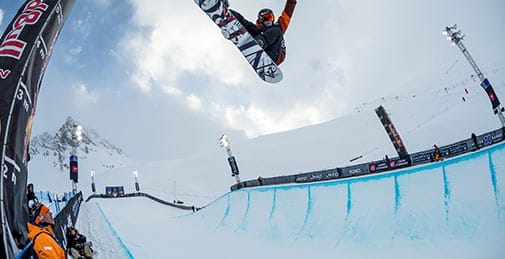

Famous for its glaciers and impressive snow history, Tignes and the wider Espace Killy ski area delivers big thrills with a big off-piste and backcountry scene. There are areas to explore offering almost every type of ski terrain. On the piste, there are challenging blacks and reds like those from La Grande Motte, off the piste, the couloirs of La Grande & Petite Balme and then there are extensive snow park facilities. Tignes helps solidify its reputation as a mecca of extreme snow-sports by hosting the annual X Games competition each year since 2010. The Tignes ski area also has a gentler side with ample learner slopes in the resorts, a choice of leisurely blue runs back to the resorts and a selection of easy greens, especially those from the top of the Borsat lift. Intermediate to advanced skiers will get the best out of Tignes but there’s plenty of room for beginners too. Tignes is linked up with its neighbour Val d’Isere to form the interconnected ski area L’Espace Killy. Named after Jean-Claude Killy French ski gold medalist.
Summary
Verbier and Tignes are both heavyweights in the world of international ski areas but they’re not entirely similar. Being rather spread out in some places, Tignes can be said to be a bit more difficult to navigate but it also has a lot of on-piste variety and perhaps more for beginners than Verbier. As home to the X Games and plenty of snowparks for riders of all abilities, Tignes has the edge on freestyle pedigree but Verbier has some of the best freeride terrain in the world and hosts the final of Freeride World Tour, not to mention being voted best resort in Switzerland in part for its outstanding ski area. Tignes is known for not having the fastest lift system and despite there being a few slower lifts left in Verbier, the Swiss resort probably has the better lift system. Considering both ski areas are so large and well rounded it’s hard to choose between them, personal taste will make up most of the rest of the difference, ours is for Verbier.
Comparing Apres Ski in Verbier and Tignes
Verbier
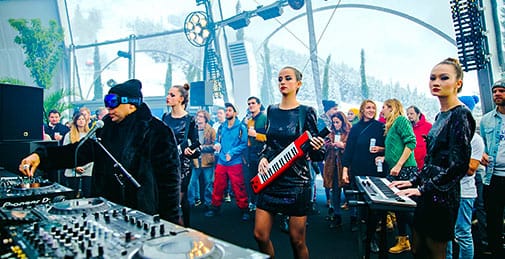

Verbier has a truly legendary reputation for an apres scene that’s as lively as it is sophisticated. The place to be for a party on the piste is Le Mouton Noir. The 2200m restaurant is a great place for a meal or a drink but it’s all about the entertainment. Described as a ‘creative mix of cabaret, music and live entertainment’ it’s an essential part of the Verbier apres life even if you start early. At night Verbier has quite a range of pubs, bars and clubs. Pub Mont Fort at the bottom of the Medran is a worthy first port of call after a day on the mountain. Later into the night you have the choice of several major nightspots including the famous Farm Club with music till 04:00 and a pedigree that dates back to 1971.
Tignes
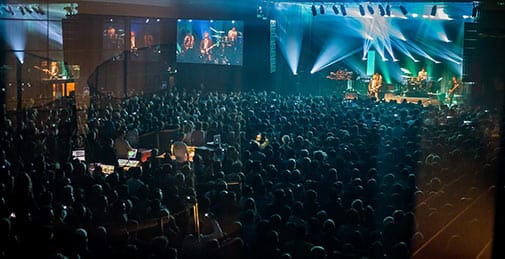

Being a cluster of different villages the Apres scene in Tignes is somewhat spread out with each village having its own best bars, restaurants and nightspots. By the pistes in Tignes le Lac is the popular Le Loop Bar, open from morning till 21:00, this is where you can find a party in the early afternoon every day in the ski season. Also in Le Lac, The Marmot Arms is a popular and hearty local for that first drink as the lifts close. Tignes Val Claret is one of the most lively villages with a range of popular bars from the party pumping Saloon Bar to the stylish and relaxed Le Whitney Bar. Each village has at least several bars of interest like Box and Le TC’s in Le Lavachet and Le Moose in Les Brevieres (expect live music!). Popular nightspots are mostly found in Val Claret, including Melting Pot and Dropzone and the late night underground reincarnation of Le Loop Bar, Caves du Loop.
Summary
Comparing apres ski in Tignes and Verbier is tricky from the outset as Tignes has 5 quite different villages. This means different visitors to Tignes get somewhat different apres experiences depending on your village of choice. Les Brevieres has a more traditional atmosphere and an apres scene to match and yet there’s a booming party town up in Val Claret. Tignes has an awful lot going for it but doesn’t match up to Verbier in quite a few ways. For glamour, fine dining and exclusive clubs, Verbier is probably one of the premiere ski destinations on earth and Tignes can’t match it for that. Being quite centralised allows Verbier to have a more cohesive apres scene and yet Tignes probably has more variety as a whole and certainly is less expensive in general.
Comparing Resort History & Culture in Verbier and Tignes
Verbier
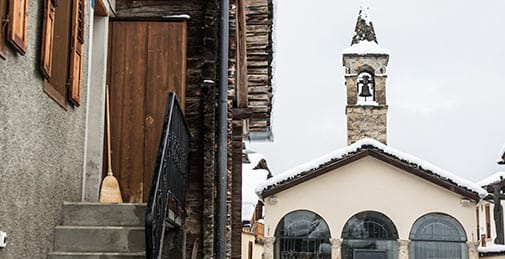

Verbier has long been a focal point of the local area, it is the site of an ancient castle built in the 12th century and destroyed in the 15th. It has been the home of a mountain community for hundreds of years, many of the modern buildings are conversions of buildings that date back centuries. It was in the 1950s that ski tourism really arrived in this historic mountain village. Pioneering developers installed a single chair to the top of the Ruinettes in 1952 and gradually since then the ski area of Verbier grew into the vast interconnected area it is today. The modern resort has retained those traditional buildings, renovating them to provide modern comforts, preserving the ancient stonework and timber where possible. Verbier combines glamour with tasteful, traditional Swiss architecture and all in the company of some of the finest skiing in the world.
Tignes
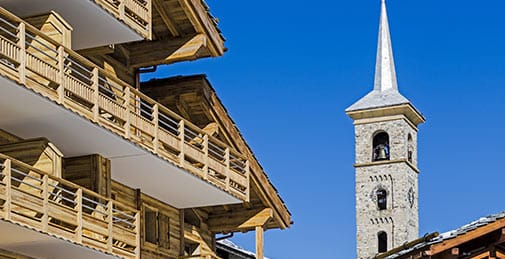

Tignes and neighbouring village, Les Brevieres, had been small mountain communities for centuries but big change came in the 50’s that set this gentle meadow valley below glacial peaks on a different course. In 1952, the old village of Tignes was submerged underwater by the famous (at the time locally infamous) dam Barrage de Tignes and the villages were moved further up the mountain. It was built as a hydroelectric dam but never fully utilised. Today the pretty Lac du Chevril adds to the scenery and interestingly every 10 years they drain the lake (for dam maintenance) and the old village emerges again. Tignes saw heavy development through the 50’s and 60’s turning it into a major purpose built ski destination. Today there are 5 villages that make up Tignes, from the original Les Brevieres village at 1550m up to Val Claret at 2100m.
Summary
Comparing the history and ski culture of Verbier and Tignes is relatively easy. Although it’s a centre of Alpine sports and has been for decades, Tignes comes a clear second place to Verbier in terms of traditional style, Alpine culture and the richness of its history in the early days of skiing. If you want culture and sophistication it’s hard to beat Verbier and Tignes is not overly strong in either suit.
Conclusion
Verbier and Tignes are quite different, it may be quite easy for any given skier to choose between them depending on what they value in a ski holiday. Both are resorts that deliver a complete mountain experience that won’t disappoint skiers and boarders of even an expert standard. Verbier is more exclusive, traditional and, dare we say, beautiful as a resort, it’s also generally more expensive. Tignes may not deliver on style and culture in the same way but is varied and lively with lots going on. In some ways these are different products at different price points but both delivering excellent on-mountain experiences. We’ll let you decide which suits you best.
